


The Johnson
Family Homestead
|
Problems with this site?
Contact us: Support at Texas Idea Farm
Aero-Consulting Page
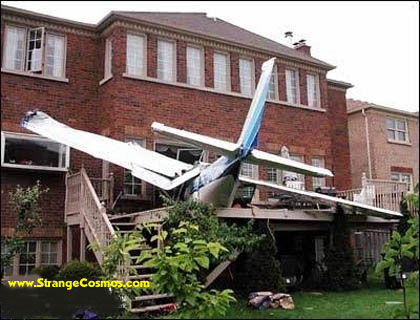
Welcome to GW’s aeronautical help page – a directory to educational/informational
and consulting help. GW is not an FAA DER, but he can engineer things for
you nonetheless, and his talents go far beyond those of most DER’s.
Long Association with Aircraft – As a grade schooler, GW sanded steel
tube airframe members for his Dad, who rebuilt a wrecked J-5 Cub and taught
GW stick-and-rudder flying in it. As a junior high “punk”, GW crawled into
the tail of a Cessna 170 to buck rivets for his Dad, who rebuilt this wreck
into a fine aircraft as well. GW’s education was aeronautical engineering
(like his Dad), and he spent 20 years in aerospace/defense new product development
work, doing missiles, deception gear, and other aircraft equipment items.
Engine Cooling – An engineer with experience at heat transfer and fluid
flow can help solve your overheating problem in high-power-setting climb conditions.
Testing and analysis services are available.
To contact GW about engine cooling system work, click here>:
Expert Technical Services
Fuel System Changes and Testing – GW is an engineer with both experimental
and STC experience from professional work done at Baylor University in Waco,
Texas. This included ethanol and ethanol-gasoline blends in spark ignition
piston aircraft, and biodiesel/jet-A blends in turbine aircraft. The cold
start problem with neat (E-100) or denatured (E-95) ethanol is easily solved
by means of a start fuel canister feeding the primer pump, instead of it drawing
from the main fuel supply. Gravity feed systems must often be converted to
pump-fed systems to safely use ethanol. FAR 23 requires a flow delivery test
to verify such changes.
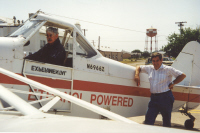
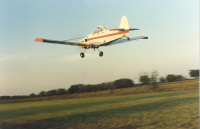
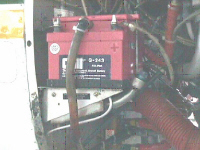
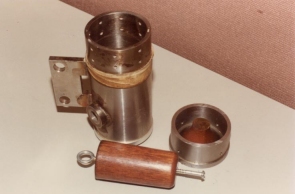
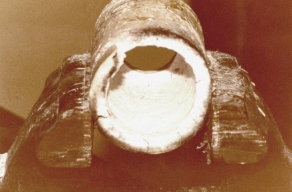
At Baylor University for Max Shauck –
- Ethanol-or-avgas PA-25 Pawnee airframe STC and O-540 engine STC
- Trainee’s mixture control travel safety limiter for ethanol-or-avgas
- C-152 Dynamometer testing with avgas and ethanol in IO-360 engine
- Flight testing in PA-25 and C-172 of avgas, ethanol, and blends
- Experimental ground test of biodiesel-jet fuel blends for PT-6A engines
- Twin Otter into and out of FAA “experimental”, for biodiesel flight tests, including materials compatibility demonstrations, and a plan limiting inspection teardowns to a “hot section”-only on the exposed engine.
- Effective inexpensive field test for cold fuel deposition checks using a chilled bucket of ethanol – safety precautions are quite different from those for cryogenics! Do NOT attempt this yourself! Contact GW about it – click here: Expert Technical Services
As an independent consultant –
- SAE Paper 2002-01-1539 “Use of Alternate Fuels in Light Aircraft”, presented at a Wichita, KS, meeting: SAE Paper
- Identified application of automotive fuel rail / return line technology to eliminate vapor lock in aircraft burning ethanol-gasoline blends (in an unpublished paper you can see here)
- Gasoline-ethanol fuel blend quality control testing (ethanol, water, and gasoline content) by very inexpensive means and without sophisticated equipment (in an unpublished paper you can see here)
- A very simple set of tests an untrained pilot can use to safely fly and refuel with ethanol-gasoline blend fuels, thus avoiding phase separation risks (in an unpublished paper you can see here)
- Unpublished paper dealing with most of these practical alternative and blend fuel topics: Unpublished Blend Paper